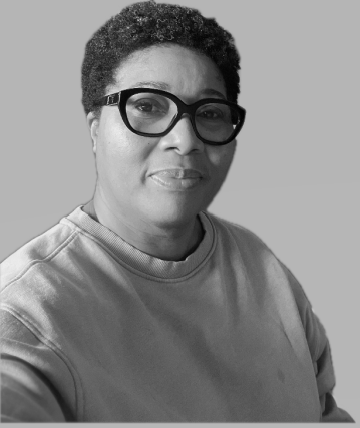Adjustments for Provision for Depreciation (Cambridge (CIE) O Level Accounting) : Revision Note
Adjustments for Provision for Depreciation
How do I record depreciation on the financial statements?
Calculate the depreciation charge for the year
See the revision note Depreciation for more information
The depreciation charge for the year is shown after all non-cash expenses on the income statement
The depreciation charge for the year is added to the provision for depreciation to find the total depreciation to date
The statement of financial position shows:
The cost of the non-current assets
The total depreciation to date
Including the charge for the current year
The net book value
The cost minus the depreciation
Worked Example
Carlita owns a restaurant in her local area. Carlita’s financial year end is 30 April.
On 1 May 2022, she bought furniture costing $15 000 and paid for it by cheque. Carlita’s policy for the depreciation of furniture is to use the reducing balance method of depreciation at 20% per annum. Carlita charges depreciation in the year of purchase.
(a) Prepare an extract from the income statement for the year ended 30 April 2023 and an extract of the non-current assets section from the statement of financial position at 30 April 2023.
(b) Prepare an extract from the income statement for the year ended 30 April 2024 and an extract of the non-current assets section from the statement of financial position at 30 April 2024.
Answer
Part (a)
Calculate the depreciation charge for the first year by finding 20% of the net book value
In the first year, the net book value and cost are the same
20% ✕ $15 000 = $3 000
Calculate the net book value at the end of the first year
Subtract the total depreciation from the cost
$15 000 - $3 000 = $12 000
Prepare the extracts
Only include the year’s depreciation on the income statement
Include the cost, total depreciation and net book value on the statement of financial position
Carlita Extract from the Income Statement for the year ended 30 April 2023 | |
$ | |
Expenses | |
Depreciation of furniture | 3 000 |
Carlita Extract from the Statement of Financial Position at 30 April 2023 | |||
$ | $ | $ | |
Non-current assets | Cost | Provision for depreciation | Net book value |
Furniture | 15 000 | 3 000 | 12 000 |
Part (b)
Calculate the depreciation charge for the second year by finding 20% of the net book value
20% ✕ $12 000 = $2 400
Find the total depreciation to date
$3 000 + $2 400 = $5 400
Calculate the net book value at the end of the second year
Subtract the total depreciation from the cost
$15 000 - $5 400 = $9 600
Prepare the extracts
Only include the year’s depreciation on the income statement
Include the cost, total depreciation and net book value on the statement of financial position
Carlita Income Statement (extract) for the year ended 30 April 2024 | |
$ | |
Expenses | |
Depreciation of furniture | 2 400 |
Carlita Statement of Financial Position (extract) at 30 April 2024 | |||
$ | $ | $ | |
Non-current assets | Cost | Provision for depreciation | Net book value |
Furniture | 15 000 | 5 400 | 9 600 |

You've read 0 of your 5 free revision notes this week
Unlock more, it's free!
Did this page help you?

